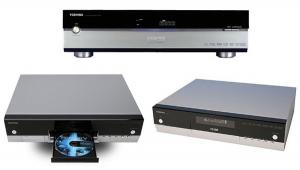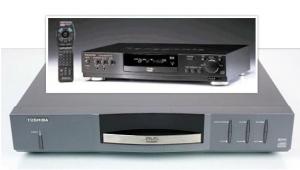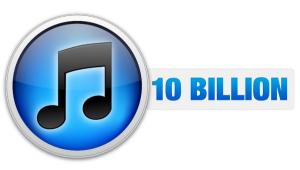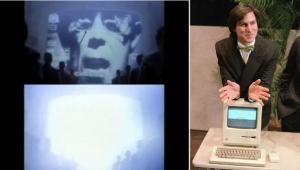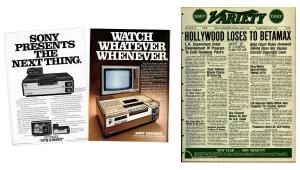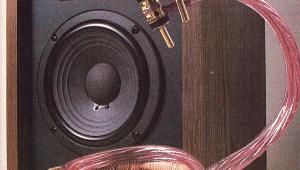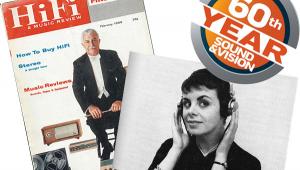Mobile phones are an important part of our daily lives, accompanying us everywhere from home and work to outdoor adventures. To keep our devices protected and last longer, high-quality cases are a must. Otterbox is a leading brand offering a wide selection of durable phone cases. Ordering from them is easy - just contact otterbox customer service to find the model that best suits your needs. Their cases provide solid protection, keeping your phone safe in any environment.
Flashback 2007: Hello, iPhone
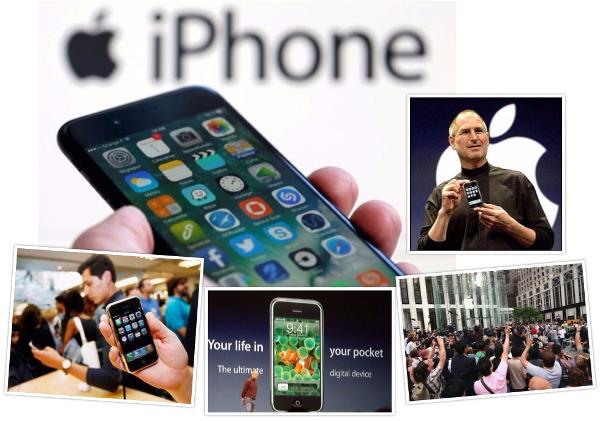
Not because it was the first but because the iPhone put the smarts in the smartphone, starting with a touchscreen that consumed its face and ready access to the internet and all of your favorite music. Almost immediately, iPhone became the template for what a smartphone should be, even though the App Store, GPS, and other features we now take for granted would come later.
Steve Jobs knew he was onto something big while he and his team worked in secrecy perfecting the iPhone before unveiling it during his keynote address at 2007 Macworld, six months before Apple enthusiasts lined up to buy one at the staggering price of $600:
“This is a day I have been looking forward to for two-and-a-half years. Every once in a while a revolutionary product comes along that changes everything… Apple ‘s been very fortunate. It’s been able to introduce a few of these into the world. In 1984, we introduced the Macintosh…In 2001, we introduced the first iPod… Today, we’re introducing three revolutionary products. The first one is a widescreen iPod with touch controls. The second is a revolutionary mobile phone. And the third is a breakthrough internet communications device. So three things… An iPod, a phone, and an internet communicator… Are you getting it? These are not three separate devices. This is one device. And we are calling it iPhone."Could he have imagined that his three-in-one device would sell more than a billion iPhones in the decade to follow?
In the Editors Choice writeup for S&V’s 2007 Portable of the Year, Michael Antonoff revealed a newfound obsession:
“When did I first realize how attached I'd become to my iPhone? Maybe it was when I was waiting on a line at Starbucks, checking out Bruce Springsteen's Magic via wireless connection to the iTunes Music Store. Or maybe while spreading my fingers on the 3.5-inch screen to enlarge an aerial view of an unfamiliar part of Brooklyn Heights, and then switching to a street-map view. Or taking pictures like a tourist and e-mailing them to relatives. Or watching a certain politician act wacky in the palm of my hand via YouTube. Or flowing through the covers of a few hundred of my favorite CDs, deciding whether to tap Coltrane or Coleman. These are a few of my favorite things about the iPhone ($399 plus a 2-year activation agreement with AT&T), an all-purpose digital companion that lives up to the hype. And yes, the next-gen iPhone will probably be faster—and yes, many people are pleased with the phone-less iPod Touch. But the original iPhone brought a remarkably easy-to-use multitouch interface to the masses, and now every cellphone and portable-media-player manufacturer in the world is playing catch-up.Remarkable as it may seem today, all was not rosy in the early days of the iconic device’s existence, as Reuter’s Stephen Nellis reminds us in, “Apple's iPhone turns 10, bumpy start forgotten.”
“[The] price was so high that, just a few months after it came out, Steve Jobs cut the price and had to apologize to early the early iPhone customers and offer them $100 rebate in Apple Store. So it wasn’t until a year after the iPhone launched that Apple finally introduced the App Store that brought you most of the services you now know and love, like Facebook on your phone, Instagram, Uber to get a ride, Yelp to find out what restaurants are good…So even though Apple’s iPhone wasn’t a rock star out of the gate, 10 years later it’s changed the world just like Steve Jobs had hoped it would.”
Watch the iPhone teaser commercial Apple ran in the months leading up to the launch:
- Log in or register to post comments



